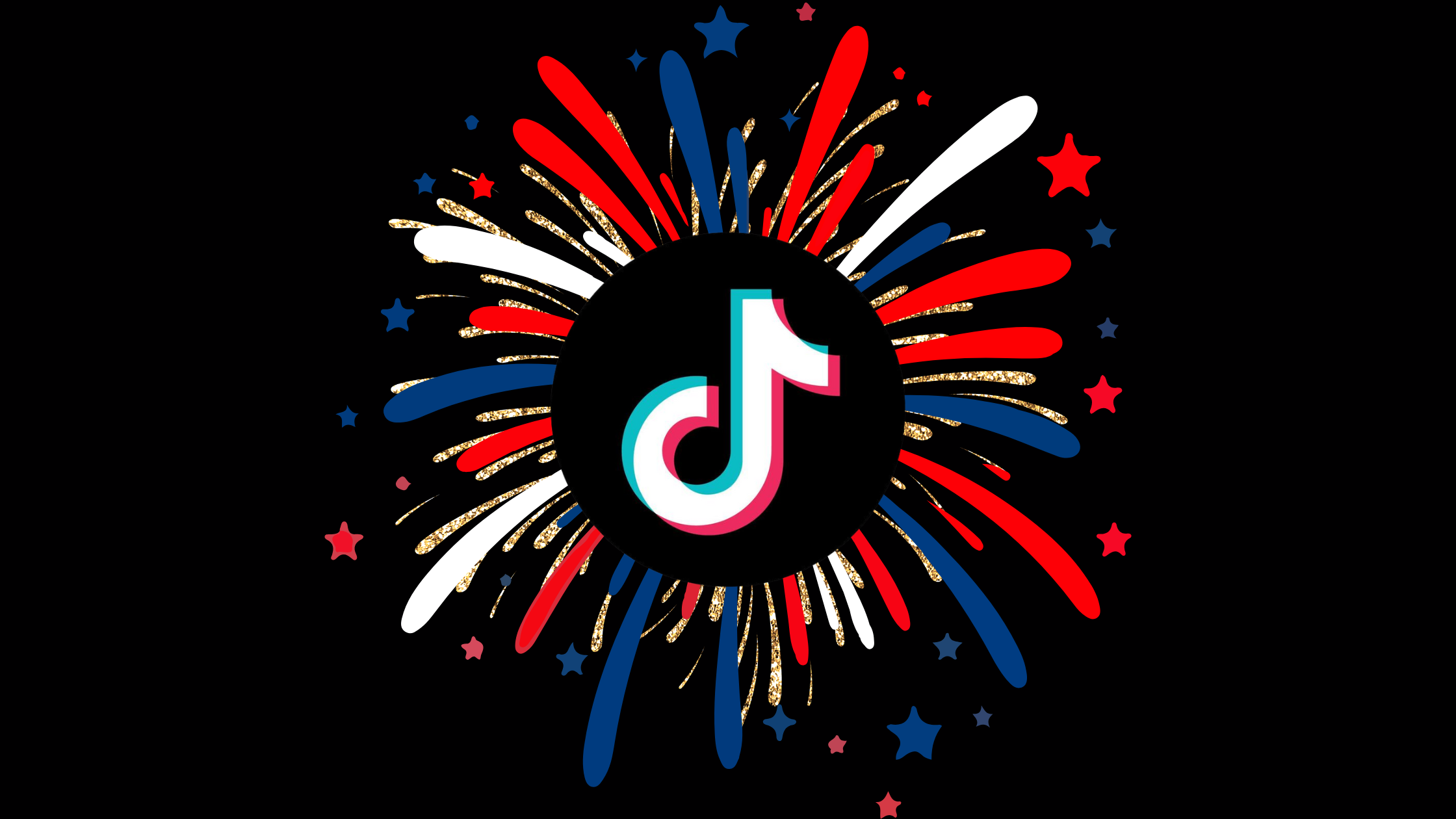
TikTok went briefly offline in the US yesterday as the big ban that was instigated by Congress last year finally came into effect. Just hours later the app returned, thanks to the expected intervention of incoming US President Donald Trump, who stepped in at the last minute – or, technically speaking, about twelve hours after the last minute.
TikTok had told its US users that, while its service was offline, it would probably come back thanks to Trump. The app originally showed users a notification that said “we’re working to restore our service in the US as soon as possible”, before changing the in-app banner to say “we are fortunate that President Trump has indicated that he will work with us on a solution to reinstate TikTok once he takes office. Please stay tuned!”
Once the app started working again, TikTok said in an official statement, “We thank President Trump for providing the necessary clarity and assurance to our service providers that they will face no penalties providing TikTok to over 170 million Americans and allowing over 7 million small businesses to thrive”.
Back in the app it declared, “thanks for your patience and support – as a result of President Trump’s efforts, TikTok is back in the US!”
The short form video app started restoring its service in the US after Trump wrote on his own social network Truth Social, “I’m asking companies not to let TikTok stay dark!” He then added, “I will issue an executive order on Monday to extend the period of time before the law’s prohibitions take effect, so that we can make a deal to protect our national security”.
As for what happens next, that isn’t clear. Though Trump mused in his Truth Social post that, “I would like the United States to have a 50% ownership position in a joint venture. By doing this, we save TikTok, keep it in good hands and allow it to stay up. Without US approval, there is no TikTok. With our approval, it is worth hundreds of billions of dollars – maybe trillions”.
“Therefore”, he went on, “my initial thought is a joint venture between the current owners and/or new owners whereby the US gets a 50% ownership in a joint venture set up between the US and whichever purchase we so choose”.
It’s also not clear why Trump couldn’t have provided the necessary reassurances 24 hours earlier, stopping the short-lived shutdown and the plethora of ‘TikTok is closing’ videos being posted by American content creators on the platform.
Maybe the Trump team wanted the drama of a shutdown to ramp up his ‘saviour’ status. Or maybe TikTok’s initial “we’ve shutdown, but Trump will fix it” message fully confirmed the app’s membership of the Trump Suck-Up Club, prompting him to act.
As we went into the weekend, TikTok was clear that – without formal intervention from someone – the app would be switched off within the USA. Although outgoing President Joe Biden’s team had confirmed they wouldn’t enforce the ban against TikTok or any of its US-based service providers, they didn’t formally postpone the new law.
Obviously Trump can’t officially intervene until he is sworn in as President during today’s inauguration proceedings. But, he added in his Truth Social statement, his executive order pausing the ban, when it comes, will “also confirm that there will be no liability for any company that helped keep TikTok from going dark before my order”.
And that was enough to ensure the app could go live again. Which, Trump said, was important so that Americans can enjoy all the great content being created right now, and especially content relating to “our exciting inauguration on Monday”.
During last year’s presidential election, and more recently, Trump repeatedly vowed to save TikTok, despite he himself having tried to ban it during his first stint as President over concerns the Chinese government has access to US user-data via the app’s China-based owner ByteDance.
That commitment to be TikTok’s saviour has come despite many key appointments to Trump’s new government being very anti-China and, in at least some cases, very anti-TikTok.
Various theories have been put forward for Trump’s u-turn since 2020, including that he has been lobbied hard by some of TikTok’s American investors, and that he sees saving TikTok as a way to appeal to younger voters. It was previously thought that he was also motivated by his hatred for Meta and its boss Mark Zuckerberg, whose Instagram Reels would benefit from a TikTok ban. But Zuckerberg has now joined the Trump Suck-Up Club, so Meta is no longer on the new President’s enemies list.
Congress set 19 Jan as the deadline for ByteDance to sell TikTok, otherwise it would be banned over those data security concerns.
Attempts by TikTok to block the ban in the courts, on the basis it breaches the free speech protections of the First Amendment and is therefore unconstitutional, failed, with the Supreme Court rejecting those arguments on Friday.
Despite the Supreme Court’s ruling, TikTok’s statement yesterday still called Trump’s decision to pause the ban “a strong stand for the First Amendment and against arbitrary censorship. We will work with President Trump on a long-term solution that keeps TikTok in the United States”.
The sell-or-be-banned law that instigated the ban does allow the President to postpone things by 90 days, although that is only meant to happen if a sale of TikTok is underway and more time is needed to complete the transaction. And ByteDance remains adamant that it won’t sell TikTok. But Trump will presumably nevertheless rely on that provision to delay the ban in his executive order.
Quite what the executive order actually says, what Trump’s plans for TikTok are beyond that, and how that will play out for the video platform in the short term, should all be at least a little bit clearer later today.
